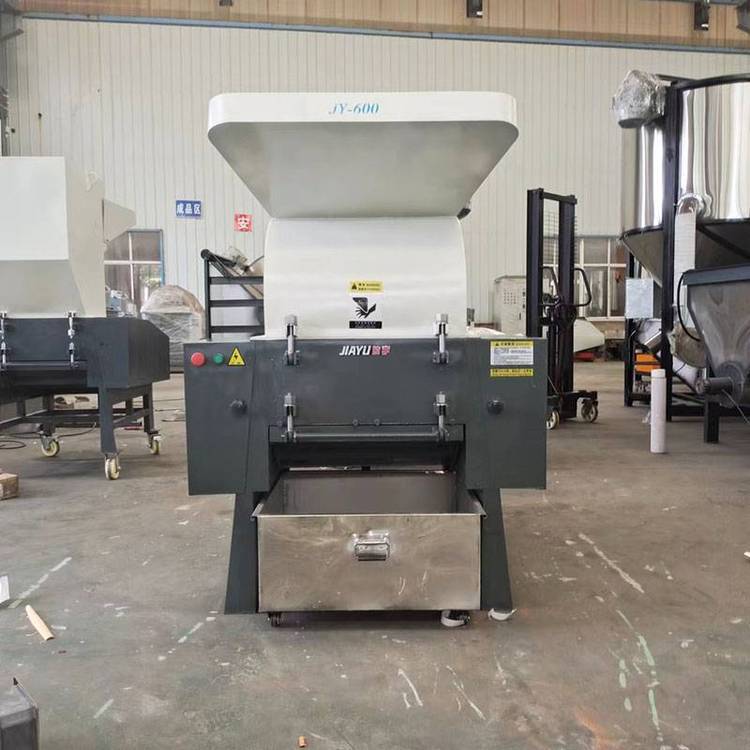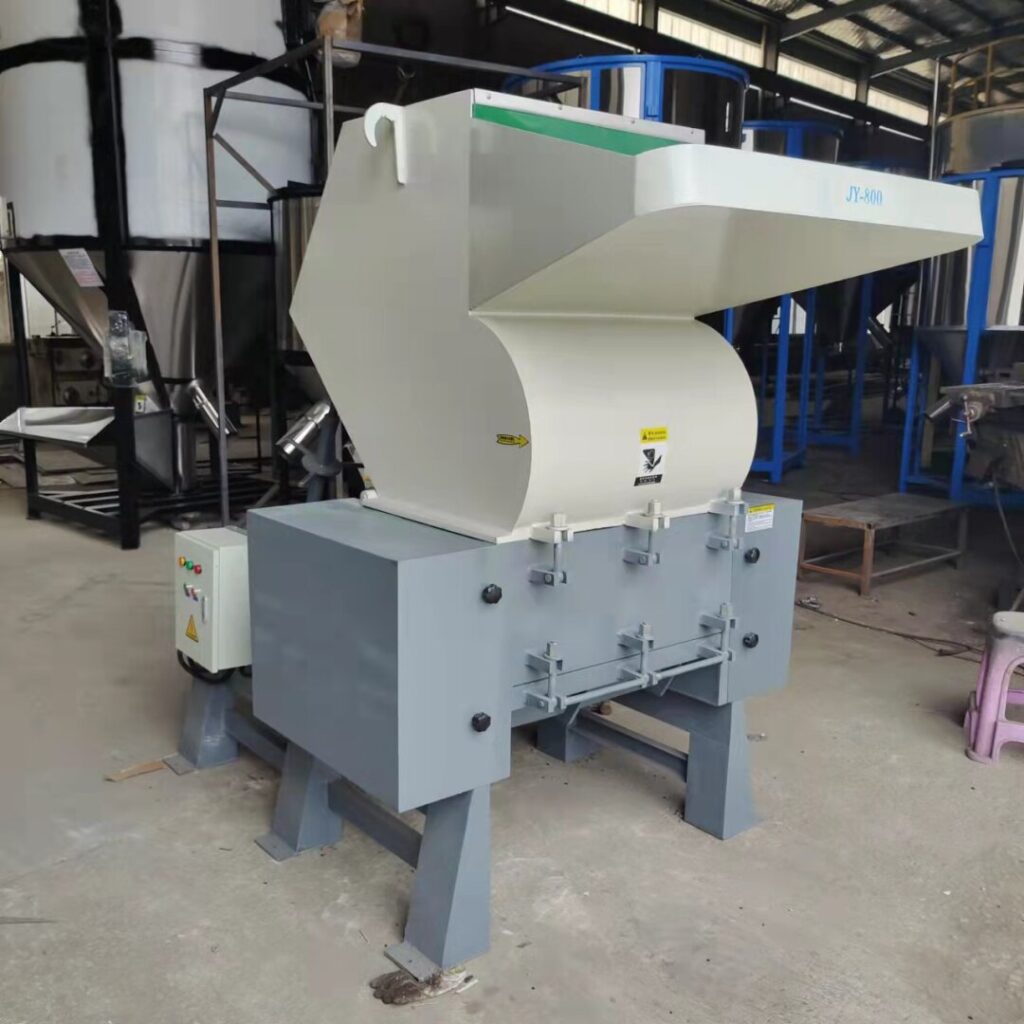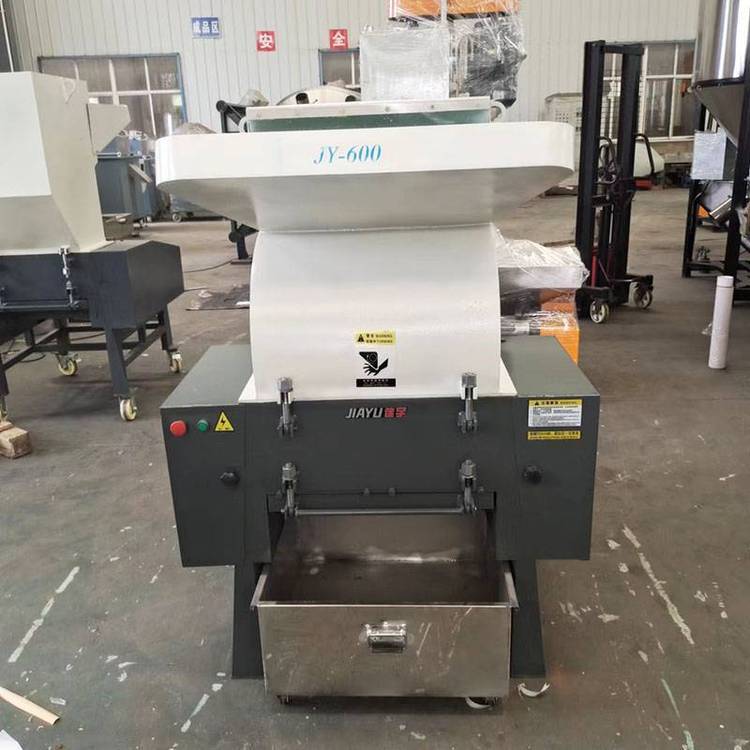What Is a Plastic Shredder?

A plastic shredder is a machine designed to break down plastic materials into smaller pieces or granules, making them easier to recycle, repurpose, or dispose of efficiently. These machines are widely used in recycling facilities, manufacturing plants, and waste management systems to process various types of plastic waste, including bottles, containers, packaging, and industrial scraps. The shredding process involves sharp rotating blades or cutting mechanisms that tear apart the plastic into uniform fragments, which can then be melted and reformed into new products. Plastic shredders come in different sizes and capacities, ranging from small units for home or small-business use to large industrial shredders capable of handling tons of plastic daily. One of the key benefits of using a plastic shredder is its contribution to environmental sustainability by reducing plastic waste volume, minimizing landfill use, and supporting circular economy practices. Additionally, shredded plastic is easier to transport and store, lowering logistics costs for recycling companies. There are several types of plastic shredders, including single-shaft, double-shaft, and granulators, each suited for specific materials and output requirements. Single-shaft shredders are ideal for bulky plastics, while double-shaft models provide higher efficiency for tougher materials. Granulators, on the other hand, produce finer plastic particles suitable for direct reuse in manufacturing. When choosing a plastic shredder, factors like material type, desired output size, machine durability, and energy efficiency must be considered. Proper maintenance, such as regular blade sharpening and cleaning, ensures long-term performance and prevents breakdowns. Beyond industrial applications, plastic shredders are also gaining popularity among eco-conscious individuals and small businesses looking to reduce their plastic footprint. By investing in a plastic shredder, companies and individuals can actively participate in waste reduction efforts, promote recycling, and even turn plastic waste into a potential revenue stream by selling shredded material to manufacturers. As global awareness of plastic pollution grows, the demand for efficient shredding solutions continues to rise, driving innovations in shredder technology for better performance and sustainability. Whether for large-scale recycling operations or small DIY projects, plastic shredders play a crucial role in transforming waste into valuable resources, helping to build a cleaner, greener future.
Why Use the Plastic Shredders?

Plastic shredders have become an essential tool in modern waste management and recycling due to their ability to efficiently reduce plastic waste and support environmental sustainability. One of the primary reasons to use a plastic shredder is its role in minimizing the volume of plastic waste, making storage, transportation, and disposal more cost-effective. By breaking down large plastic items into smaller, uniform pieces, shredders enable easier handling and processing in recycling facilities, reducing the strain on landfills and decreasing pollution. Another key benefit is the promotion of a circular economy—shredded plastic can be melted and repurposed into new products, reducing the need for virgin plastic production and conserving natural resources. Industries that rely on plastic materials, such as packaging, automotive, and construction, can significantly cut costs by reusing shredded plastic in their manufacturing processes. Additionally, plastic shredders help mitigate environmental hazards by preventing plastic waste from entering oceans and ecosystems, where it poses a severe threat to marine life and human health. For businesses, investing in a plastic shredder can lead to regulatory compliance, as many governments enforce strict waste management policies to encourage recycling and reduce environmental impact. Small businesses and individuals also benefit from shredders by turning plastic waste into reusable material for creative projects or even generating income by selling processed plastic to recyclers. The versatility of plastic shredders allows them to handle various types of plastics, from PET bottles to industrial scraps, making them suitable for diverse applications. Advanced shredding technology ensures energy efficiency and low maintenance, providing long-term operational benefits. Furthermore, using a plastic shredder supports corporate social responsibility (CSR) initiatives, enhancing a company’s reputation as an eco-friendly organization committed to sustainable practices. As global awareness of plastic pollution grows, the demand for efficient shredding solutions continues to rise, driving innovation in waste management. Whether for large-scale industrial use or small community recycling programs, plastic shredders play a crucial role in transforming waste into valuable resources. By adopting this technology, businesses and individuals contribute to a cleaner environment, reduce carbon footprints, and move closer to a zero-waste future. The economic and ecological advantages of plastic shredders make them an indispensable tool in the fight against plastic pollution, paving the way for a more sustainable and responsible approach to plastic waste management.
How to Use a Plastic Shredder?

A plastic shredder is a powerful machine that helps break down plastic waste into smaller, reusable pieces, making it an essential tool for recycling and waste management. To ensure safe and efficient operation, follow these steps when using a plastic shredder. First, inspect the machine before use—check for any visible damage, ensure the blades are sharp and properly secured, and verify that all safety guards are in place. Next, prepare the plastic materials by removing any non-plastic contaminants such as metal, glass, or labels, as these can damage the shredder blades or cause operational issues. Sort the plastics by type and thickness, as some shredders are designed for specific materials, and feeding incompatible plastics may reduce efficiency or cause jams. Once the machine is ready, power it on and allow it to reach full operating speed before feeding in the plastic. Always use a pusher tool or automated feeder (if available) to insert the plastic into the shredder, keeping hands and loose clothing away from the cutting mechanism to prevent accidents. Feed the plastic gradually, avoiding overloading the machine, as this can lead to motor strain or blade damage. Monitor the shredding process closely—if you notice unusual noises, vibrations, or overheating, stop the machine immediately and inspect for blockages or mechanical issues. After shredding, collect the processed plastic fragments in a designated container for recycling, storage, or further processing. Once the job is complete, turn off the shredder and disconnect it from the power source before performing any maintenance. Regular cleaning is crucial—remove any residual plastic particles from the blades and chamber to prevent buildup that could affect performance. Periodically lubricate moving parts and inspect the blades for wear, replacing them as needed to maintain optimal shredding efficiency. For industrial shredders, follow the manufacturer’s maintenance schedule, including professional servicing if required. Proper training for operators is essential to minimize risks and maximize productivity—always read the user manual and adhere to safety guidelines. By following these steps, you can ensure smooth operation, extend the lifespan of your plastic shredder, and contribute to effective plastic waste management. Whether for industrial recycling, small-business use, or community initiatives, using a plastic shredder correctly helps reduce environmental pollution and supports a sustainable circular economy.
